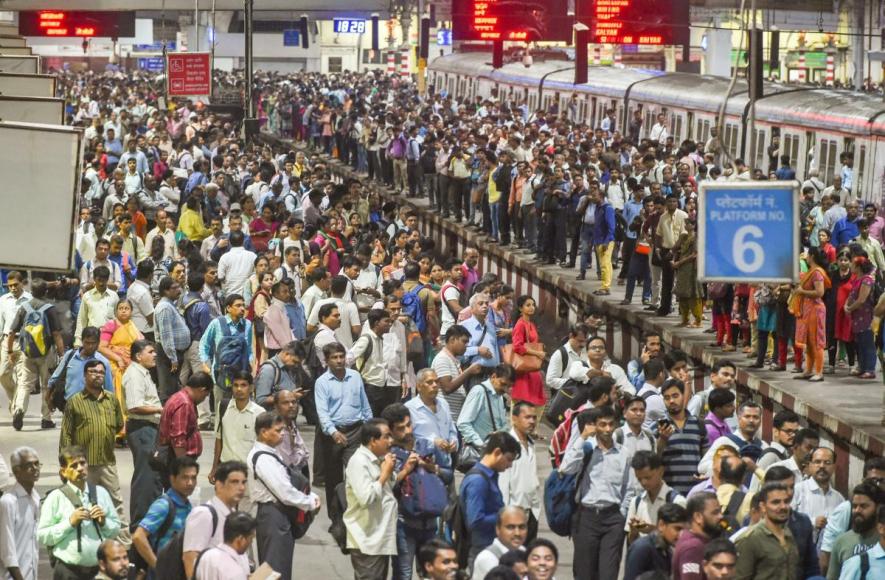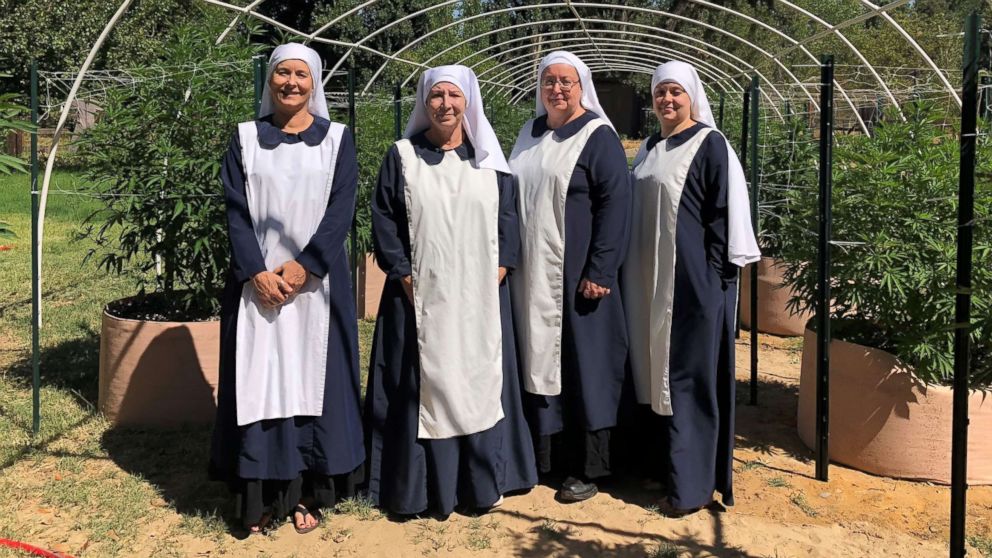뉴스&스피킹(영자신문)
하루 10분이면 영어에 대한 두려움을 극복하고 누구나 유창하게 영어를 구사하실 수 있습니다.
-
 Japanese Rescuers Search for Survivors after Deadly Earthquake A series of powerful earthquakes in western Japan have left at least 55 people dead and damaged thousands of buildings, automobiles and boats.
Japanese Rescuers Search for Survivors after Deadly Earthquake A series of powerful earthquakes in western Japan have left at least 55 people dead and damaged thousands of buildings, automobiles and boats.
The first quake struck New Year’s Day, registering 7.6 in magnitude, or strength. The shaking caused major damage across Ishikawa prefecture.
Japanese media reports said the quake destroyed tens of thousands of homes and cut water, power and phone services in some areas.
The mayor in the town of Suzu, near the quake’s center, said up to 90 percent of homes may have been destroyed, Reuters news agency reported.
The earthquake set off tsunami warnings along Japan’s western coast. Officials ordered about 100,000 people to leave their homes Monday night. They were sent to schools and sports centers to take shelter. Many returned to their homes Tuesday after the warnings were lifted.
Japan’s Meteorological Agency said about 200 aftershocks had struck since the main quake and that more were expected in coming days.
Japanese Prime Minister Fumio Kishida told reporters the government had deployed teams that included military troops, police and local rescuers. “We have received reports that there are still many people waiting to be rescued under collapsed buildings," he said.
Kishida added that saving lives is the top goal.
Japan sits on the so-called Ring of Fire, a collection of volcanoes and fault lines found around the Pacific Basin. About 20 percent of the world's earthquakes of magnitude 6 or greater happen in that area.
Monday’s earthquake was Japan's deadliest since 2016. Emergency teams battled fires in several cities, as rescuers searched for people trapped in wreckage.
Shoichi Kobayashi lives in the city of Wajima. He told Reuters he was at home celebrating New Year’s with his wife and son when the quake hit and sent furniture flying across the house. "I've never experienced a quake that powerful," Kobayashi said.
In the city of Nanao, Fujiko Ueno said she was celebrating with about 20 people in her home when the earthquake struck. The quake caused walls to collapse onto a parked car. Ueno said no one in the group was injured. "It all happened in the blink of an eye," she said.
Toshitaka Katada is a University of Tokyo professor who specializes in disasters. He told The Associated Press that people were better prepared for this event because the area had been hit by quakes in recent years. “There is probably no people on earth other than Japanese who are so disaster-ready,” Katada said.
Government officials said several nuclear centers in the area were operating normally. A 2011 earthquake and tsunami caused three reactors to melt down and release large amounts of radiation at the Fukushima nuclear power center in northeastern Japan.
I’m Bryan Lynn.View -
 Early Childhood Education Programs at Risk The United Nations Educational, Scientific and Cultural Organization (UNESCO) says “The period from birth to eight years old is one of remarkable brain development for children.” The organization adds that it represents an important time for their development and education.
Early Childhood Education Programs at Risk The United Nations Educational, Scientific and Cultural Organization (UNESCO) says “The period from birth to eight years old is one of remarkable brain development for children.” The organization adds that it represents an important time for their development and education.
The U.S. National Institutes of Health says that supporting children’s early learning can lead to higher test scores and a better chance of staying in school and going to college. Studies even suggest early learning can lead to fewer teen pregnancies, improved mental health, and a longer life.
Early learning in OECD countries
The Organization for Economic Cooperation and Development (OECD) is made up of 38 democracies with market-based economies. The organization aims to build better policies for better lives.
In a recent education study, the OECD found that most of its member countries provide care or education for children under 5. In countries, including Belgium, Denmark, France, Hungary, Iceland, Israel, Norway, Spain and Britain, at least 95 percent of 3-year-olds are enrolled in an early education program.
However, within OECD countries, there can be a large difference in enrollment. In the United States, for example, 80 percent of 3 to 5-year-olds in the capital city of Washington, D.C. are enrolled in early education programs. That is compared to 46 percent in the western state of North Dakota.
The differences also exist in European countries like Greece, Lithuania, and Switzerland. Places with higher rates of women in the workforce usually have higher rates of enrollment for children under 3.
Child care and kindergarten
During the pandemic, the U.S. government provided an additional $24 billion to help child care programs nationwide. The funding finally ended last October.
The Century Foundation is a research organization in New York City. It estimates that one-third of the programs could close as a result. That affects more than 2.2 million children. The organization says that child care is important for the economy at large since child care permits parents to stay at work.
Around the world, governments invest little in early childhood education, UNESCO says. About 6.6 percent of education budgets are put toward early education programs, 2 percent in poor countries. That is well below the target of 10 percent by 2030 suggested by the children's organization UNICEF.
In the U.S., parents can choose to put their children at age 5 in kindergarten or a child care program.
Kindergarten enrollment has dropped since the COVID-19 pandemic. Concerned about the virus or wanting to avoid online school, hundreds of thousands of families delayed the start of school for their young children.
The Associated Press found that kindergarten enrollment remained down 5.2 percent in the 2022-2023 school year compared with the 2019-2020 school year.
Deborah Stipek is a former head of the Graduate School of Education at Stanford University. She said kindergarten is where children learn to follow directions, learn good behavior, and get used to learning. Stipek said missing that year of school can put kids at a disadvantage.
Last year, Aylah went to a children’s program that met mainly outdoors instead of enrolling in kindergarten in the state of California. Aylah now has to adjust to being inside a classroom and learning the right way to hold a pencil.
“It’s harder. Way, way harder,” Aylah said of the new way she learned to hold a pencil.
Still, her mother Hannah Levy says it was the right decision to skip kindergarten. She wanted Aylah to enjoy being a child. There is plenty of time, she reasoned, for her daughter to develop study skills.
I’m Dan Novak.View -
 Goal! Do You Have One for 2024? And now, Words and Their Stories, from VOA Learning English.
Goal! Do You Have One for 2024? And now, Words and Their Stories, from VOA Learning English.
December 31, 2023, means the new year 2024 is nearly here! At this time of the year, many people set New Year’s resolutions. Many people want to make a change in life and others set a goal.
So, today we talk about the word goal. You may know this word because you shout “gooaaal” when your team scores. It is exciting! It is also exciting when we reach our personal goals.
A goal is something we want to reach. It is something we work toward. It is important to have goals in life and a plan to achieve them. A football player’s goal is to score a goal, and a goalie’s goal is to stop a … goal.
Let’s continue talking about sports. Many sports involve not only goals but also a goal line. A goal line gives the space on the field in which you can score or make a goal.
Let’s talk about American football for a minute. That sport involves tall goal posts. To make a point, a kicker can kick a football between the posts and score. Now, imagine if you are kicking that ball. You have the goal posts in your sights. You kick! It looks good! It looks like the ball is going to go between the posts. But then, at the last minute, someone moves the goal posts, and your ball does not go through.
To move the goal posts as you are kicking the ball would not be fair. If someone moves the goal posts, they are changing the rules of the game or a situation to meet their own needs.
Let’s say you are building a house for someone. Both of you agree on a design, plan and price to build the house, and a date to complete the building. As the date of completion arrives, the soon-to-be owner wants to change the design of the house. She says that she wants the new design for the same price.
You could say that she has moved the goal post! Or you could say that she has moved the goal line because some sports use a line and not a post. And some sports use both.
People who have the goal line or goal post moved on them may fall short of their goals. If you fall short of your goal you do not accomplish it. You do not succeed.
To reach your goals, it is a good idea to have a plan. Set out small steps you can do to reach your goals. And when you complete those small steps on your way to your end goal … make sure to celebrate! And make sure no one moves the goal line on you.
And that’s the end of this Words and Their Stories. Until next year …
I’m Anna Matteo.View -
 Growth Slows, but World’s Population Moves Past 8 Billion to Start 2024 A U.S. government agency says the world’s population grew by about 75 million people in 2023.
Growth Slows, but World’s Population Moves Past 8 Billion to Start 2024 A U.S. government agency says the world’s population grew by about 75 million people in 2023.
The U.S. Census Bureau notes the worldwide growth rate in the past year was just under 1 percent. The agency also said there will be 4.3 births and two deaths around the world every second in 2024.
The United States’ growth rate is about half that of the world overall. On January 1, 2024, the U.S. had a population of 335.8 million, the Census Bureau said.
The numbers look large. But growth rates around the world have been slowing. The United Nations notes the world population will reach 9 billion in about 15 years. That is three years longer than it took to move from 7 billion to 8 billion. The world population reached 8 billion people in November 2022.
If the current rate continues, the 2020s are likely to be the slowest growing decade in American history, the Census Bureau said.
William Frey is a population expert at the Brookings Institution, a research group based in Washington, D.C. He said the growth rate in the U.S. from 2020 to 2030 will be under 4 percent. The slowest-growing decade recorded in the U.S. took place in the 1930s, after the long economic depression. The growth rate for that decade was 7.3 percent.
Frey said the predicted growth rate could “tick up” in the next few years. But he said it is not likely to be higher than 7.3 percent.
Immigration is the reason why the U.S. will not suffer a population loss in 2024. There should be one birth every nine seconds and one death every 9.5 seconds. But there will likely be two new American immigrants every minute in 2024. As a result, every 24.2 seconds, the U.S. population will increase by one person.
The two most populous countries are India and China. India moved ahead of China at some point in 2023. The two countries both have more than 1.4 billion people. By 2050, China’s population is expected to decrease by 2.7 percent.
I’m Dan Friedell.View -
 Mexican 'Nuns' Grow Cannabis Beneath each full moon, a group of women in religious clothing surround a fire near a village in central Mexico.
Mexican 'Nuns' Grow Cannabis Beneath each full moon, a group of women in religious clothing surround a fire near a village in central Mexico.
They breathe in deeply from a joint and blow clouds of marijuana smoke out toward the fire.
Despite their religious clothing, the women are not religious. They are part of an international group founded in 2014 called Sisters of the Valley. The group has promised to spread its ideas about the healing powers of the drug marijuana.
The group also launched a successful small business in the United States, where about twenty states have legalized recreational marijuana use. It sells products made from cannabis, the plant from which marijuana comes.
The Sisters of the Valley business made over $500,000 last year.
But in Mexico, a drug war has hurt the country, and Christianity is built into society. The group says its image of marijuana-smoking nuns is like an act of rebellion, the women say.
The sisters often post on social media, mainly Instagram. The pictures show them caring for cannabis crops, leading workshops, and attending cannabis-related events.
Their business makes around $10,000 each year, small compared to their partners in the U.S.
The five women are careful to hide possible personal and workplace identifiers in the images they post. They do business out of a building with a false storefront.
Cannabis production is a legal gray area in Mexico. Much of the activity remains tied to criminal organizations, called cartels. The women say they worry that both police and crime groups could threaten them.
On a recent weekend, reporters from Reuters news agency visited.
One of the nuns, who uses the name “Sister Bernardet” online, said “The Sisterhood is in a totally different context here in Mexico – because of how religious the country is and because of the plant’s ties to cartels.”
She asked Reuters to not report her real name as she feared attack or punishment if her identity is discovered. In her main job as a homeopathic caregiver, she prescribes marijuana to her patients with cancer, joint pain and sleep problems.
“We want to take the plant back from the” drug dealers, she said.
The Sisters have borrowed some ideas from the Beguines, a religious movement that existed for a few hundred years starting in the 1100s. The group, made up of single women, devoted itself to spirituality, scholarship and providing aid to the needy. It was not officially connected to any religion.
The Sisters worldwide say they wear religious clothing called habits to demonstrate uniformity and show respect for the plant.
With the help of Alehli Paz, a chemist and marijuana researcher working with the group, the Sisters in Mexico grow a small crop.
They grow the plants in old paint containers and place them in lines between four walls on a rooftop.
Later, the Sisters move the larger plants to private gardens.
Their work is limited to weekends, when they care for the plants and produce cannabis goods.
The women visit other groups in the expanding cannabis community in Mexico City pushing for full legalization. The women also give workshops that touch on everything from how to make products like cannabis infusions to the chemistry behind the plant.
Business possibilities aside, the women argue that the fight against drugs in Latin America has been a failure, leading to violence and mass imprisonment.
The Sisters of the Valley founder in Mexico calls herself “Sister Camilla” online. She would not give her real name to Reuters. She said she grew up in a religious family. She left home at 16 partly because of her mother's strong religious ideas, she said. When she started Sisters of the Valley Mexico, their relationship became even more difficult.
“It was hard for her to accept,” she said about her mother. “She had certain ideas, heavily shaped by religion.”
But today, after long talks about the plant and the legalization movement, her mother helps with the group’s operations, she said.
I’m John Russell.View

